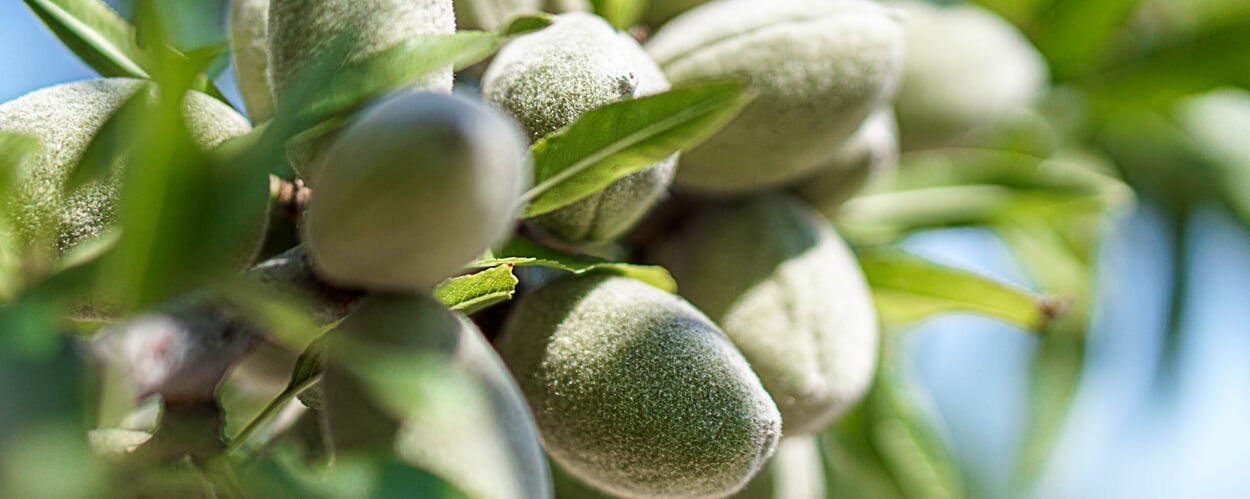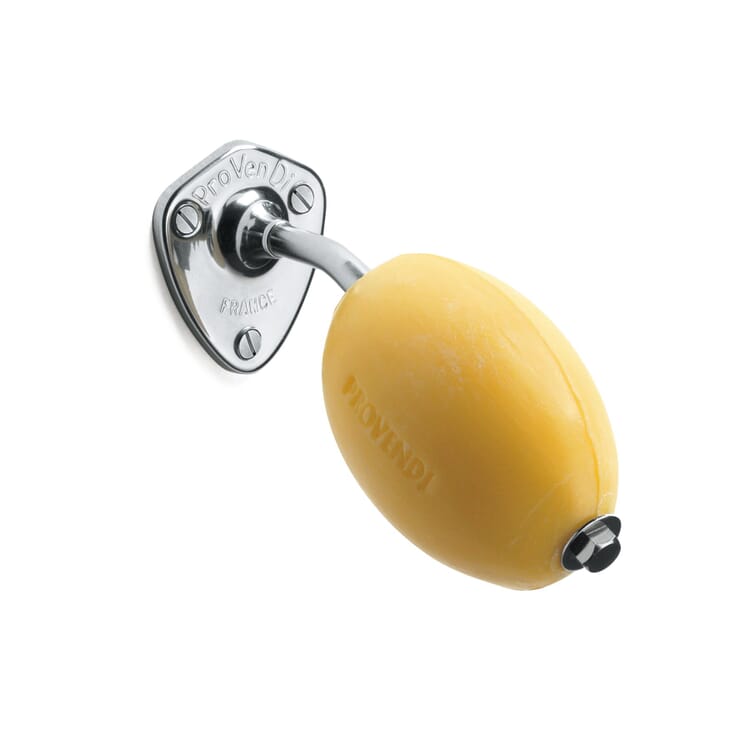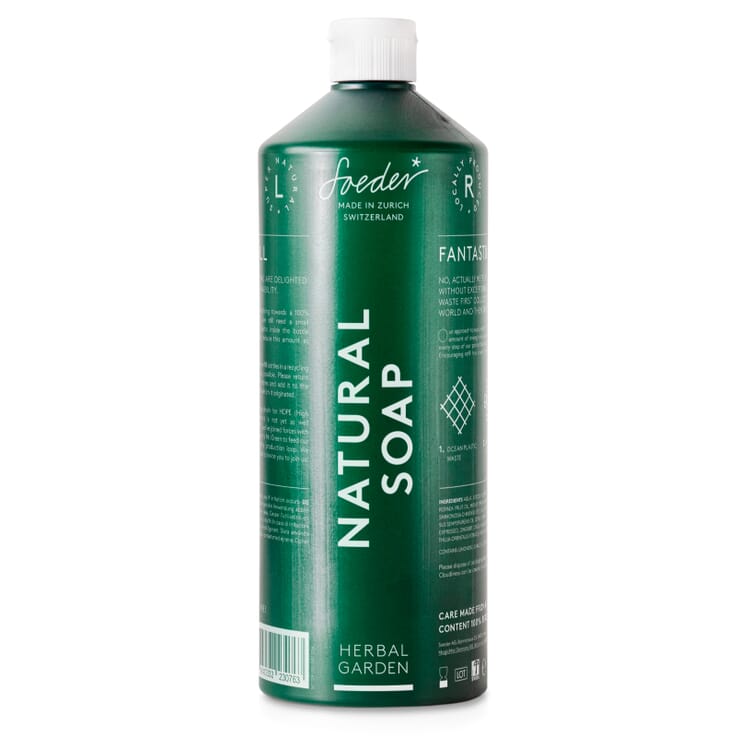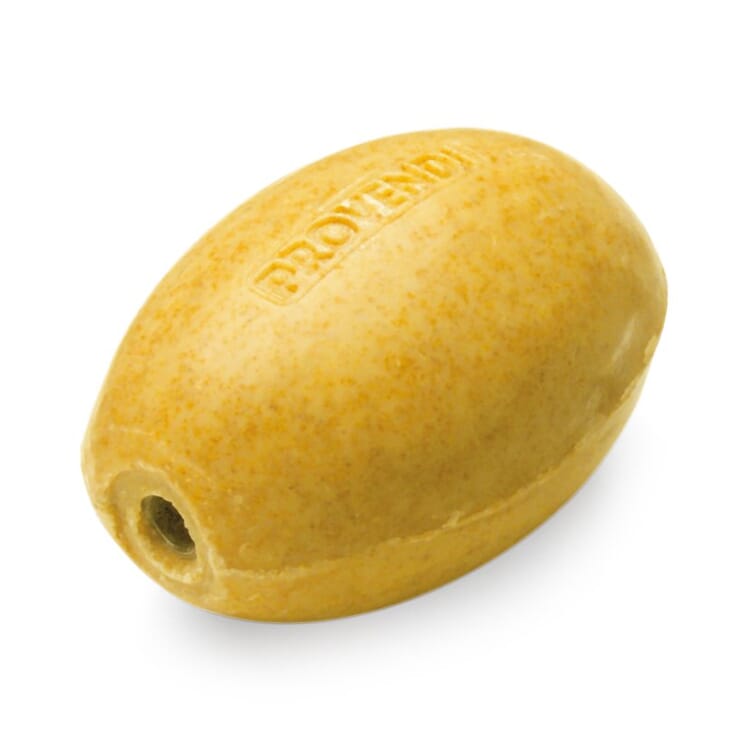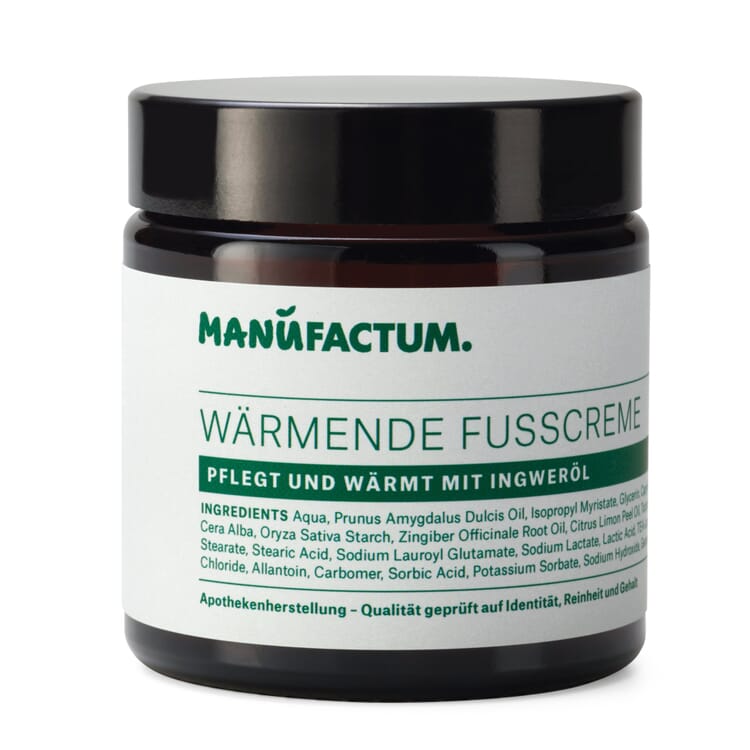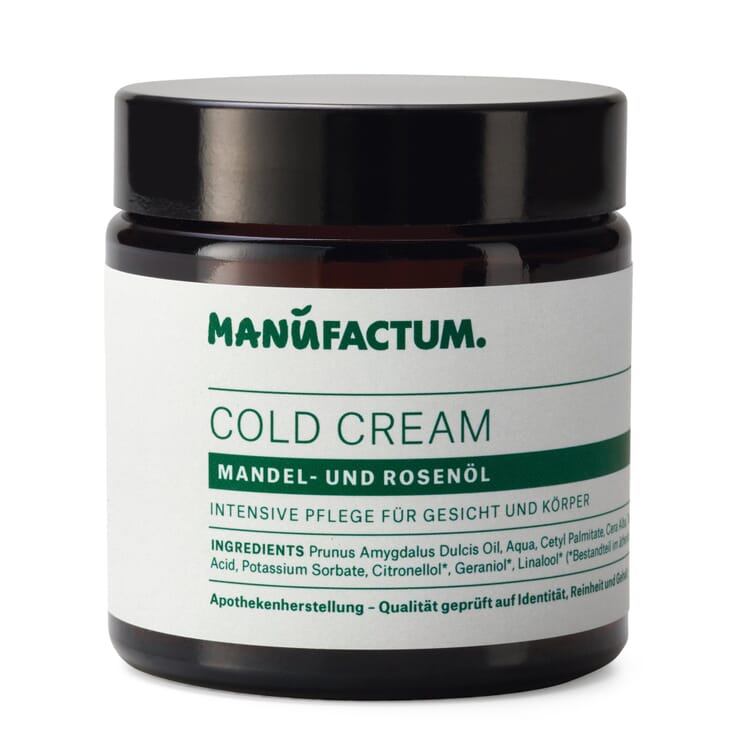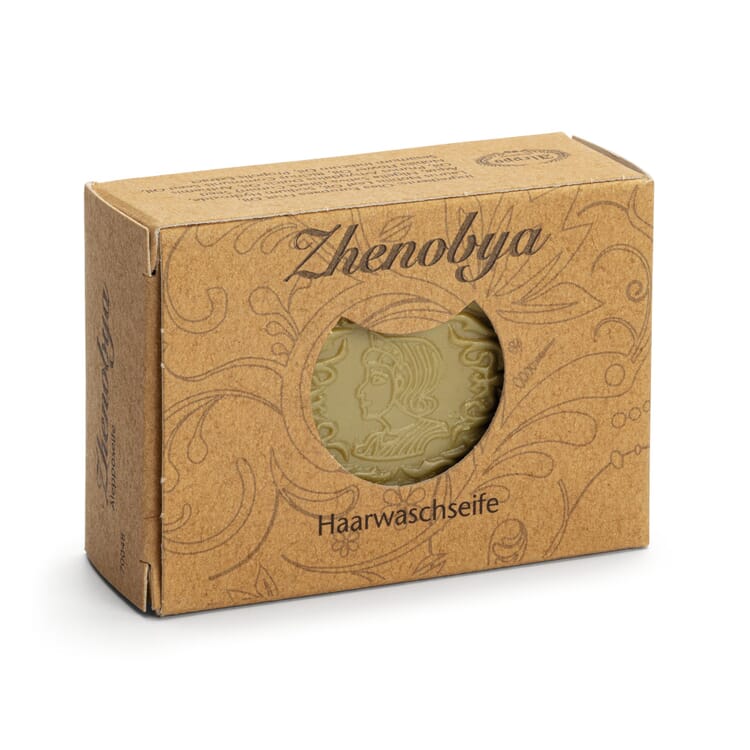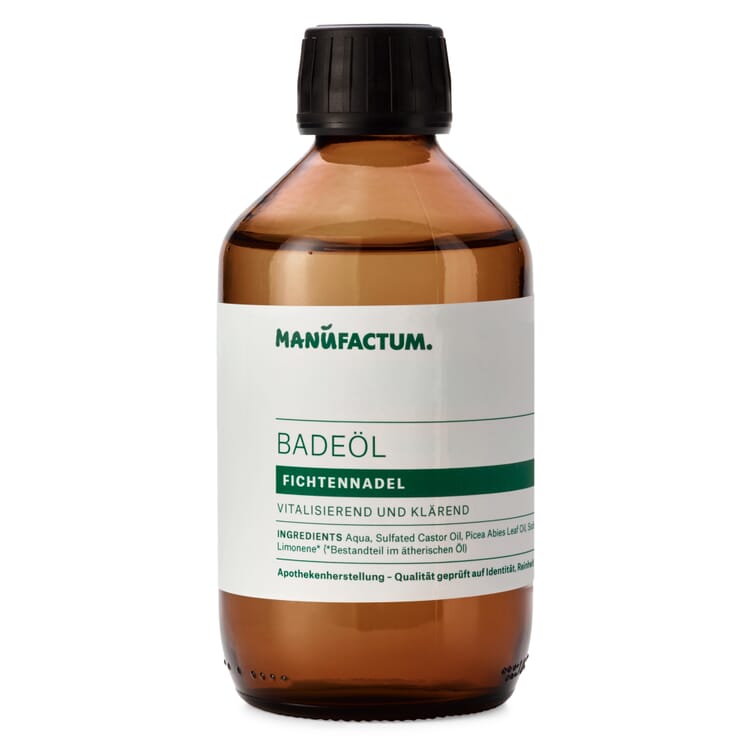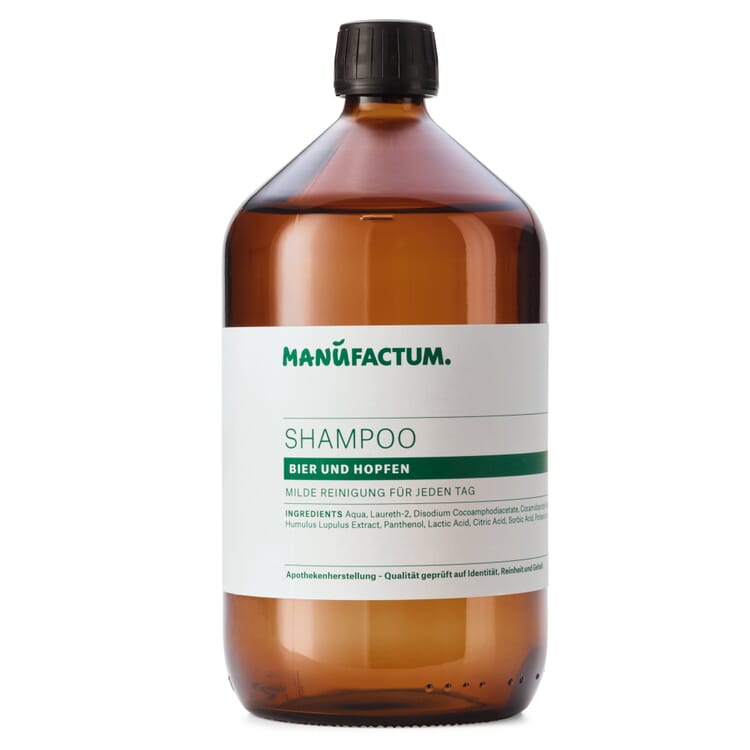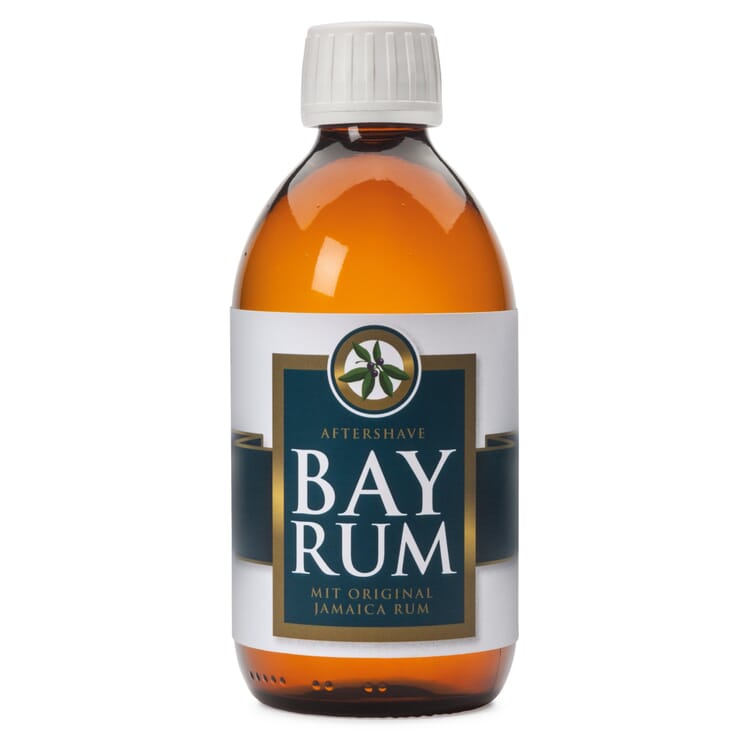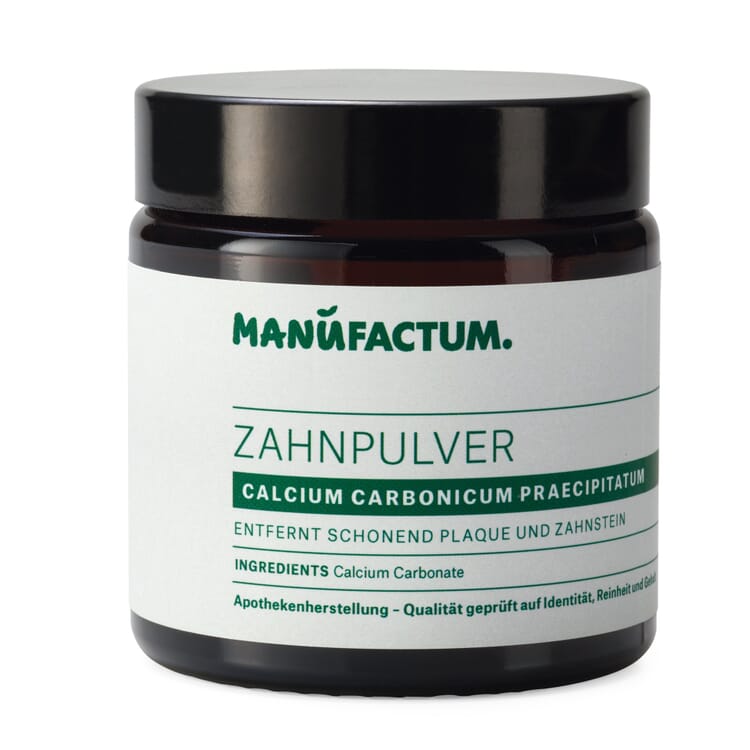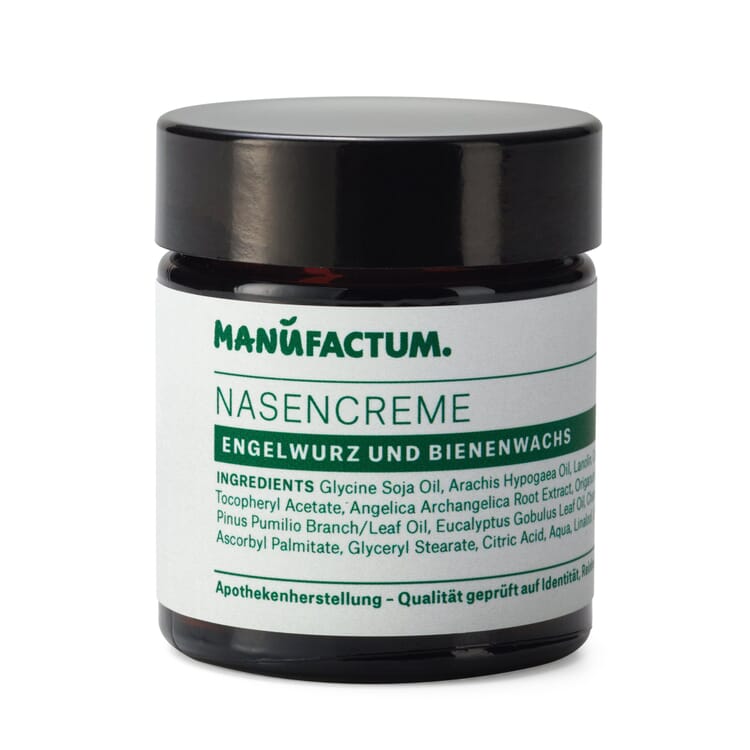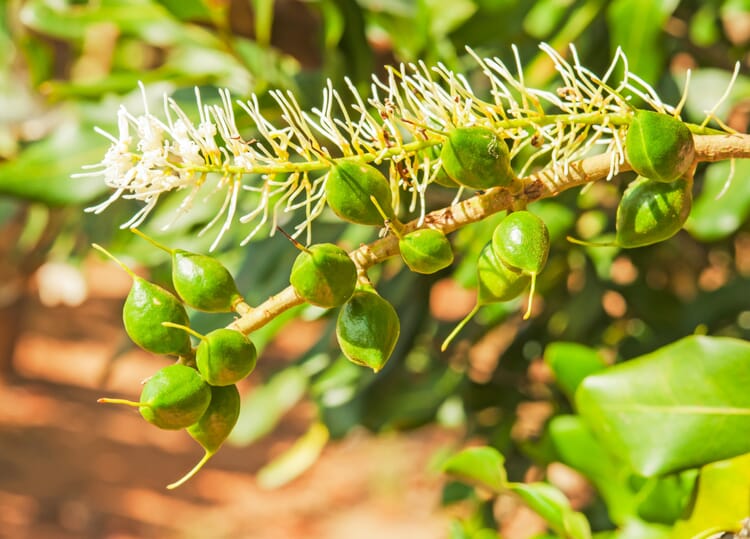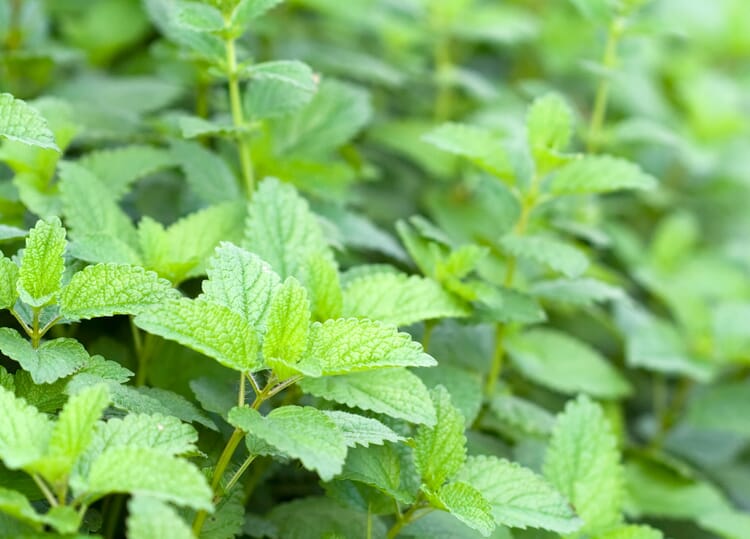Medicinal plants A|B|C
Almond tree (Prunus dulcis)
Almonds grow in shrub or tree form and reach a height of three to eight meters. Their pink flowers can appear as early as the end of January - but there must be no frost by then. In midsummer, the velvety-haired fruits ripen, their usually rock-hard kernel protecting the seed - the actual almond. It takes a lot of strength to get to the almond; only in the case of the so-called cracked almonds can the kernel be cracked relatively easily and the hammer can remain in the drawer.
Origin and cultivation.
The almond tree has been cultivated for 4,000 years, making it one of the oldest cultivated fruit species. Originally from southwest Asia, it conquered the Mediterranean region via Asia Minor and Egypt in two varieties - sweet almonds and bitter almonds. The main growing areas for sweet almonds are California, which supplies half of the world's demand, and Spain and Italy. Spanish almonds tend to be less irrigated than California's and are more intense in flavor. In Germany, almond trees thrive only in areas where wine can also be grown.
Ingredients.
Bitter almonds contain up to eight percent amygdalin, a toxic bitter substance that releases prussic acid in the body. Sweet almonds, which contain only insignificant amounts of amygdalin and are edible without restriction, were cultivated early on. The mildly fragrant almond oil, about 55 percent of which is contained in almonds, is used for cosmetic purposes. Bitter almonds are also grown in plantations. The bitter almond oil obtained from them is chemically processed, amygdalin is removed and it is used for flavoring (for example in amaretto and marzipan) and as an ingredient in perfumes.
Products with almond oil
Use of almond oil.
- The high oleic acid content in almond oil makes the skin smooth and supple. It is suitable as a massage oil and is particularly suitable for dry and sensitive skin. Even babies and small children tolerate almond oil very well.
- As hair oil, almond oil provides shine and counteracts dandruff and split ends.
- Almond bran is the ground press residue and is used as an exfoliant.
- In sun creams, almond oil filters out the UV-A radiation, the elimination of UV-B radiation must be taken over by other components of the sun cream.
About one in a hundred sweet almonds "goes out of its way" and has as high an amygdalin content as its ancestors, the bitter almonds. No need to worry, because for adults only the consumption of about 50 bitter almonds becomes life-threatening. Even children, who experience prussic acid poisoning after eating just five to ten bitter almonds, would have to eat hundreds of almonds before their health was endangered.
Exclusive Manufactum body care products
Recommended Topics
The plant genus was discovered in the 19th century by the then director of the Melbourne Botanic Garden on one of his many expeditions; he named it after his friend John McAdam. Macadamia trees grow up to 15 meters high. About a dozen spherical, green fruits each ripen on pendulous flower panicles; when they burst open, the nuts fall to the ground. Macadamia nuts in the trade mostly come from the species M. integrifolia and M. tetraphylla and their crosses.
View moreThe citrus-scented lemon balm shrub grows up to 80 centimeters high and 30 years old. Once the lemon balm has found a sunny, wind-protected spot in the garden, it reliably sprouts again and again and forms small white lipped flowers from June to August. Its name is well chosen, because Melissa is "honey bee" in Greek; in ancient times the plant was cultivated as a pasture for bees, and today's beekeepers prevent their bee colonies from swarming by rubbing the hive with lemon balm leaves.
View moreThe gnarled and with pointed thorns provided myrrh belongs to the balsam family and grows in shrub or tree form. It grows only a few meters high and is well adapted to the dry scrubland of its homeland: Its leaves are very small and appear just before the beginning of the rainy season, together with the pendulous flower panicles. The smooth and thin bark is cracked and flakes off in small shreds.
View more
